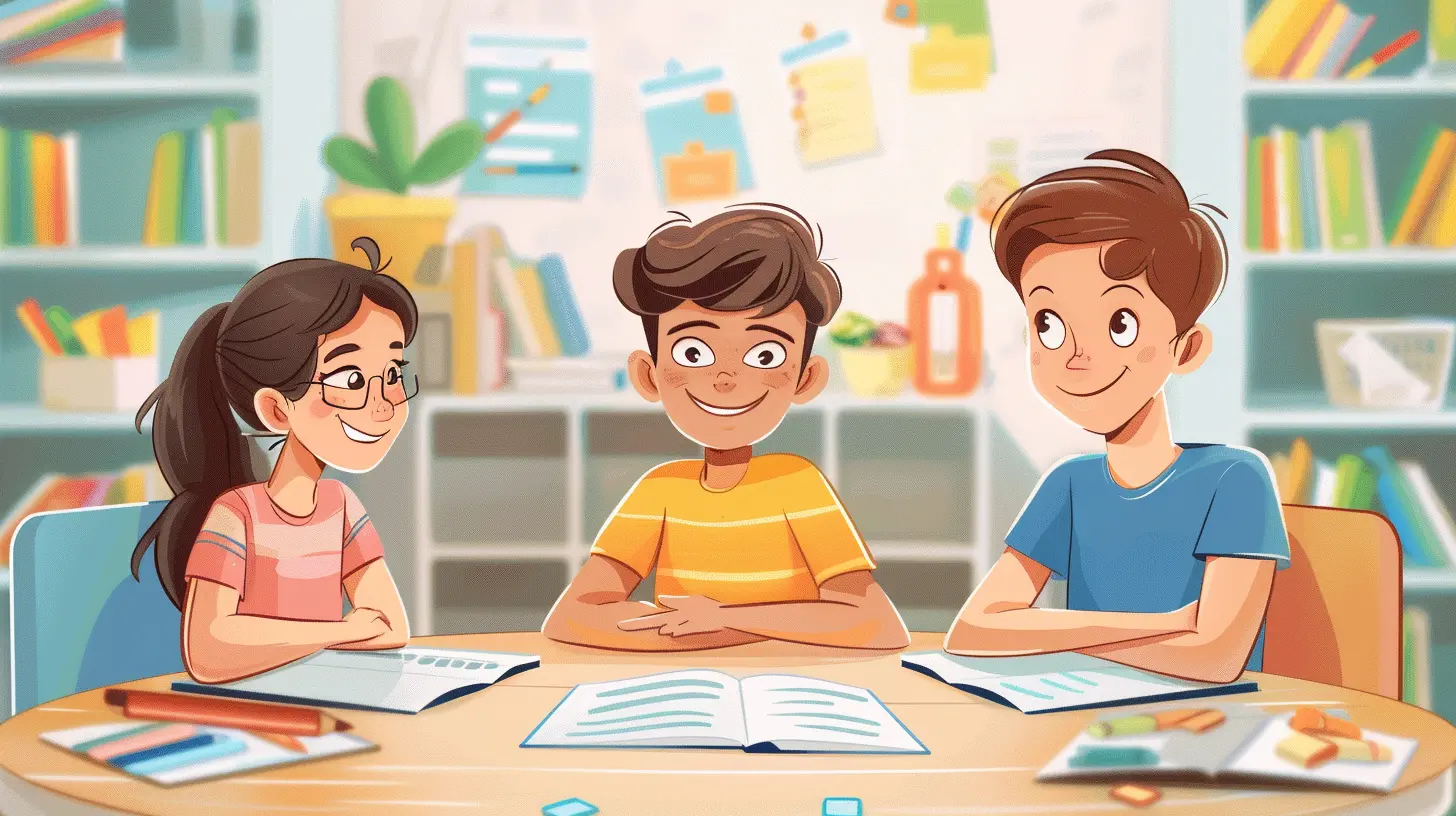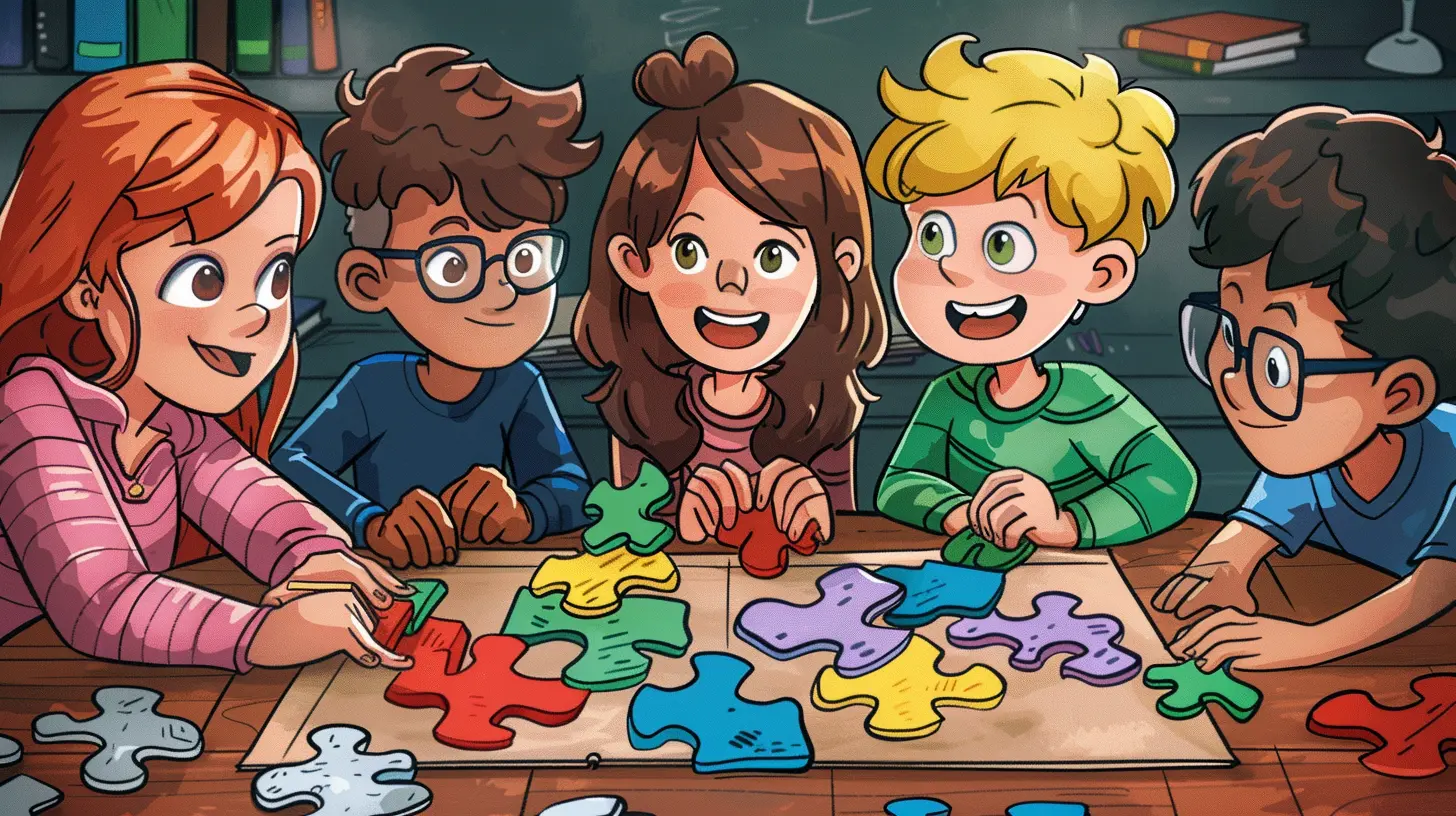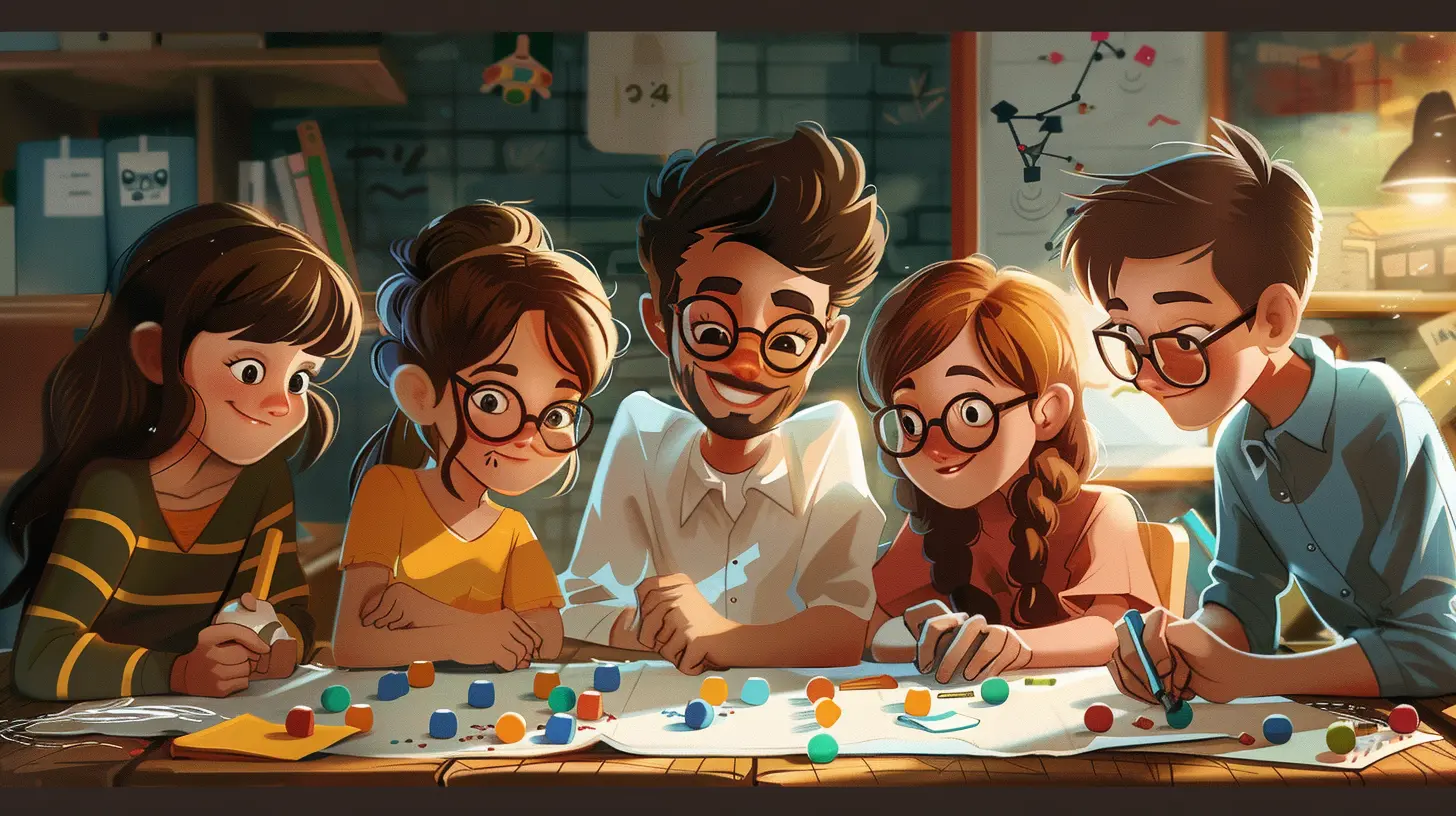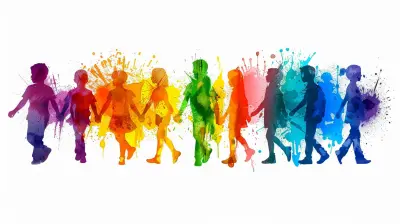Teaching Problem Solving Through Role-Playing Scenarios
25 May 2025
Problem-solving is one of the most crucial life skills anyone can develop. Whether we realize it or not, we use problem-solving skills every single day—at work, in relationships, and in just about every decision we make. But how do we teach this essential skill effectively?
One of the best methods is role-playing scenarios. Traditional teaching methods often focus on memorization, but role-playing engages students in active learning. It allows them to step into real-life situations, think on their feet, and develop critical thinking skills.
In this article, we'll dive deep into how role-playing can be an effective tool for teaching problem-solving, why it works, and how educators can implement it in their classrooms.

Why Role-Playing Works for Teaching Problem-Solving
1. Encourages Active Learning
Role-playing isn't a passive activity. Unlike traditional lectures where students sit and listen, role-playing forces them to engage, think critically, and act. When students "become" the characters in a real-world scenario, they get hands-on experience in applying problem-solving skills.2. Boosts Critical Thinking Skills
Problem-solving isn’t just about choosing the right answer; it’s about analyzing the situation, weighing different options, and making logical decisions. Role-playing gives students multiple ways to tackle a scenario, improving their ability to assess and respond effectively.3. Enhances Communication and Teamwork
In many role-playing scenarios, students must work together to find a solution. This improves their communication skills as they share ideas, negotiate, and collaborate—important life skills that go beyond the classroom.4. Creates a Safe Space for Mistakes
Unlike real-life situations, role-playing allows students to make mistakes without real-world consequences. They can experiment with different solutions, reflect on what worked (or didn’t), and refine their thinking processes.5. Builds Confidence
Many students hesitate when it comes to problem-solving because they fear making mistakes. Role-playing boosts their confidence by allowing them to practice solutions in a risk-free environment. Over time, they become more comfortable facing challenges head-on.
How to Implement Role-Playing Scenarios in the Classroom
Now that we understand why role-playing is effective, let’s discuss how to use it in teaching. Here are some practical steps for incorporating role-playing into lessons.1. Choose Real-World Scenarios
The key to effective role-playing is relevance. Students engage more when the scenario relates to their lives. Some common scenarios include:- Resolving a conflict between friends
- Handling a difficult customer (for business studies)
- Making ethical decisions
- Surviving a natural disaster
The closer the scenario is to real life, the more invested students become in finding a solution.
2. Assign Roles Thoughtfully
Not every student is comfortable stepping into a leadership role. Some may prefer observation before actively participating. To keep students engaged, ensure roles match their comfort level while still pushing them slightly out of their comfort zones.Consider rotating roles so everyone experiences different perspectives.
3. Encourage Creative Thinking
There isn’t always one correct way to solve a problem. Encourage students to think outside the box! Let them try unconventional solutions and then discuss the outcomes. Sometimes, the most unexpected ideas provide the best learning experiences.4. Facilitate, Don’t Dictate
As an instructor, your role is to guide the exercise, not control it. Allow students to take the lead in solving the problem while you observe, ask thought-provoking questions, and step in only when necessary.Ask open-ended questions like:
- "What might happen if you take this approach?"
- "Are there any potential downsides to this solution?"
- "How does this decision impact others?"
These prompts encourage students to refine their thought processes rather than simply providing an answer.
5. Debrief and Reflect
After role-playing, take time to discuss and reflect. Have students talk about what strategies worked, what didn’t, and what they learned. This reflection phase is crucial because it reinforces problem-solving skills and helps students recognize the value of different approaches.Some questions to ask during debriefing:
- What did you find challenging about this scenario?
- Did you consider multiple solutions before deciding?
- Would you handle it differently if you had another chance?
This self-reflection helps students internalize the lessons learned during role-playing.
6. Mix It Up with Different Formats
Role-playing doesn’t always have to be in-person acting. You can experiment with:- Written role-playing: Have students write out responses as though they were part of the situation.
- Online role-playing: Use forums, chat roles, or even AI-driven simulations for students to engage virtually.
- Group debates: Put students in teams to defend different approaches to problem-solving.
Variety keeps students engaged and caters to different learning styles.

Example Role-Playing Scenarios for Problem-Solving
Let’s go over a few specific examples of role-playing activities that work well for developing problem-solving skills.Scenario 1: The Teamwork Challenge
- Situation: Your group is stranded on an island with limited supplies. You must decide how to use the resources to survive until help arrives.- Objective: Encourage students to think strategically, negotiate, and make group decisions.
Scenario 2: The Ethical Dilemma
- Situation: A student finds a lost wallet filled with cash. There’s an ID inside, but some friends suggest keeping the money.- Objective: Help students weigh ethical considerations, peer pressure, and integrity.
Scenario 3: The Workplace Conflict
- Situation: Two employees disagree about how to handle a customer complaint. One wants to issue a refund, while the other believes company policy doesn’t allow it.- Objective: Teach problem-solving within workplace dynamics, compromise, and conflict resolution.
Scenario 4: The Leadership Test
- Situation: Your school is planning a charity event, but funding is low. As the student leader, you need to come up with a solution.- Objective: Encourage leadership skills, creativity, and resource management.

Final Thoughts
Problem-solving is a skill that shapes students into independent thinkers and effective decision-makers. Role-playing isn’t just a fun classroom activity—it’s an immersive learning experience that builds confidence, enhances critical thinking, and prepares students for real-world challenges.By incorporating role-playing into your teaching strategy, you create an environment where students actively engage, experiment, and grow—all while having fun! So, why not give it a shot? You might be surprised at how effective (and enjoyable) it can be.
all images in this post were generated using AI tools
Category:
Problem SolvingAuthor:

Anita Harmon
Discussion
rate this article
3 comments
Leslie Potter
Empower students to thrive through creative challenges!
May 30, 2025 at 4:48 AM

Anita Harmon
Absolutely! Creative challenges foster critical thinking and resilience, essential for student growth and problem-solving skills.
Ethan Henson
This article effectively highlights the benefits of role-playing in teaching problem-solving skills, offering engaging, hands-on experiences that encourage critical thinking, collaboration, and real-world application for students.
May 26, 2025 at 10:41 AM

Anita Harmon
Thank you for your insightful comment! I'm glad you found the article effective in showcasing the value of role-playing for enhancing problem-solving skills in students.
Caleb Porter
Why solve problems in reality when you can don a pirate hat and negotiate with mermaids? Role-playing turns learning into an adventure, proving that creativity and laughter are the best tools for tackling life's puzzles!
May 26, 2025 at 4:52 AM

Anita Harmon
Absolutely! Role-playing not only sparks creativity but also makes problem-solving enjoyable, transforming challenges into playful adventures.



